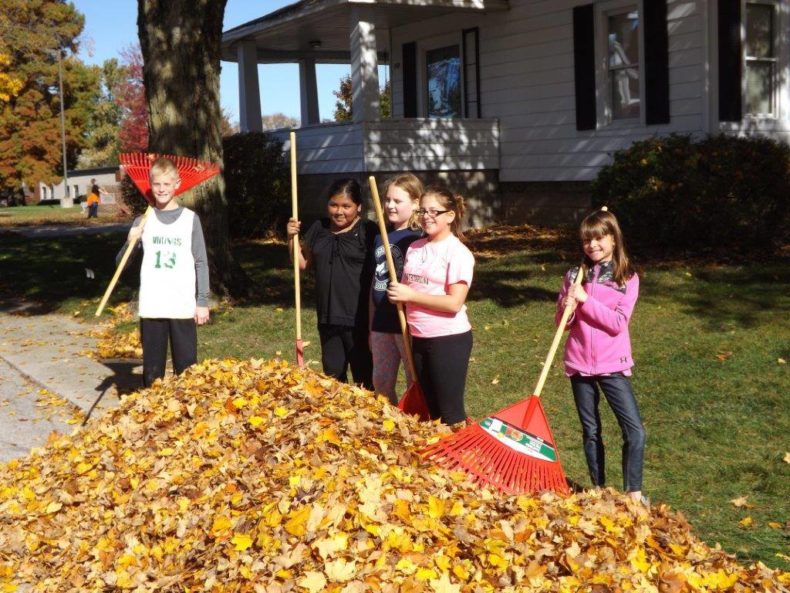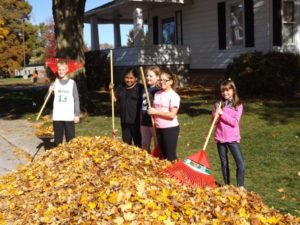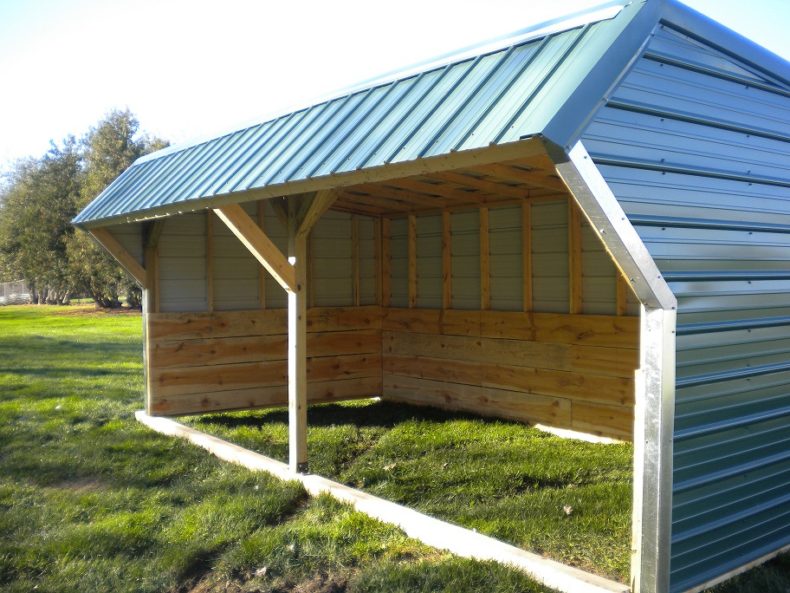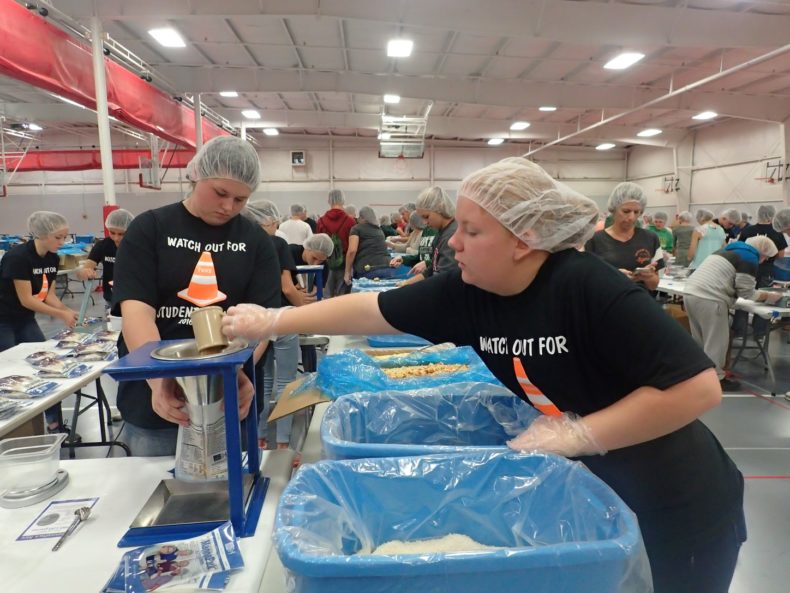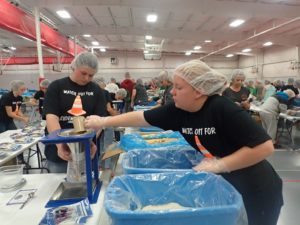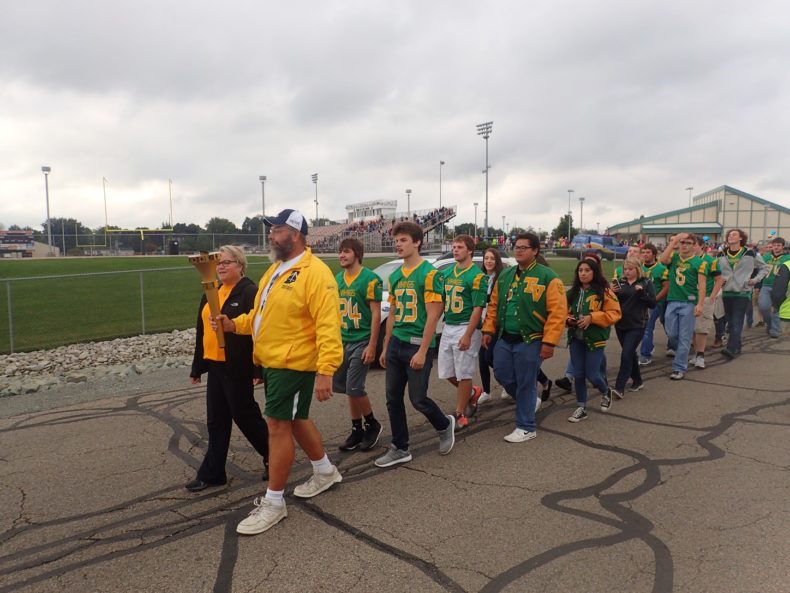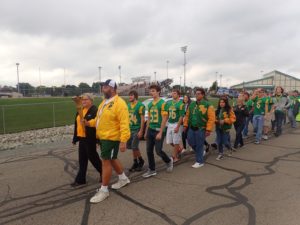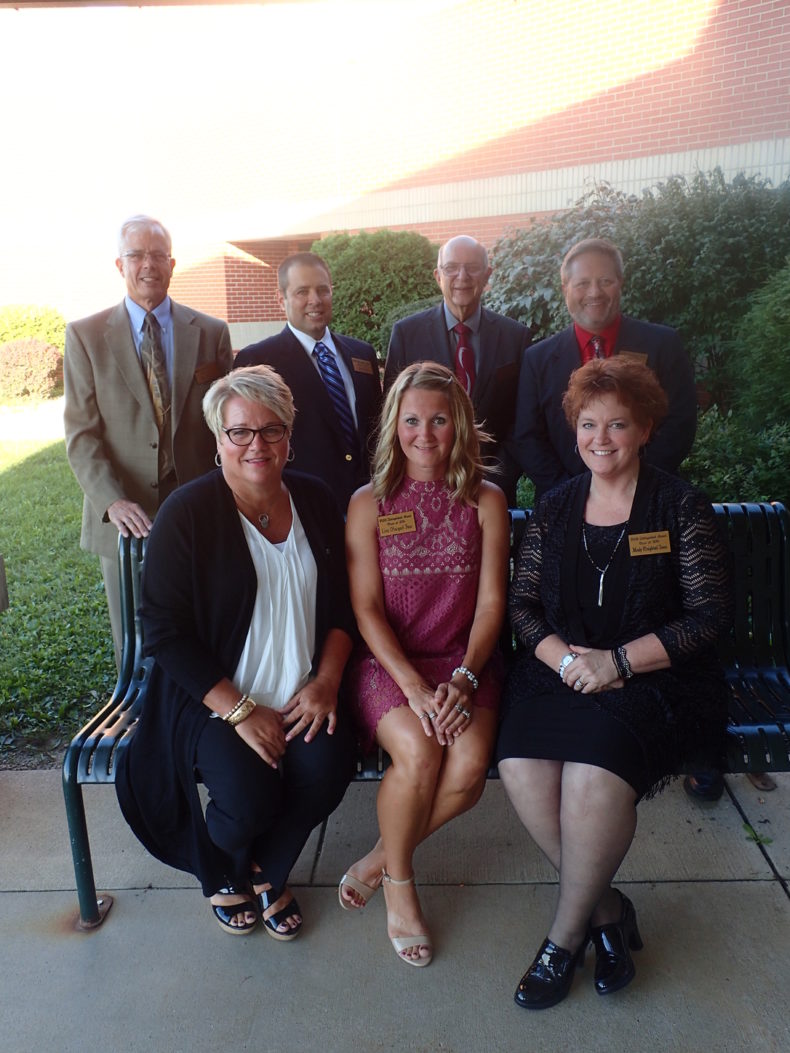
Back row, left to right: Abby Bowers, Kennedy Kohler, Mallory Bowers, Emily McGriff, Devan Chandler, Coach Siebrase Front row: Cheney Canada, Thatcher Keesee, Mateo Salazar
A team of eight students at Tippecanoe Valley Middle School recently competed in the Indiana Academic Spell Bowl State Finals at Purdue University on November 12, placing fourth in the class three division of the competition.
The team placed first in their class at the regional qualifications held on November 1. Tippecanoe Valley Middle School and nine other schools throughout Indiana competed in the regional qualification,which was hosted by TVMS.
“We had a score of 45 and we got the top position. We’re all really excited,” said spell coach Susanne Siebrase.
A perfect score is 72 for junior division teams. Students were broken up into classes one, two, three, and four. The class a team falls in is based on last year’s enrollment. TVMS is in class three.
TVMS competed against six other teams in the state competition at Purdue University. The students studied a list of 1,600 words for about 30 minutes a day to prepare.
“We practice really hard. The strategy that I use is that I focus on words that are difficult that they might not have heard before,” said Siebrase.
This was the third trip to the state finals in the last four years for TVMS. The last time the TVMS team went to state was two years ago.



